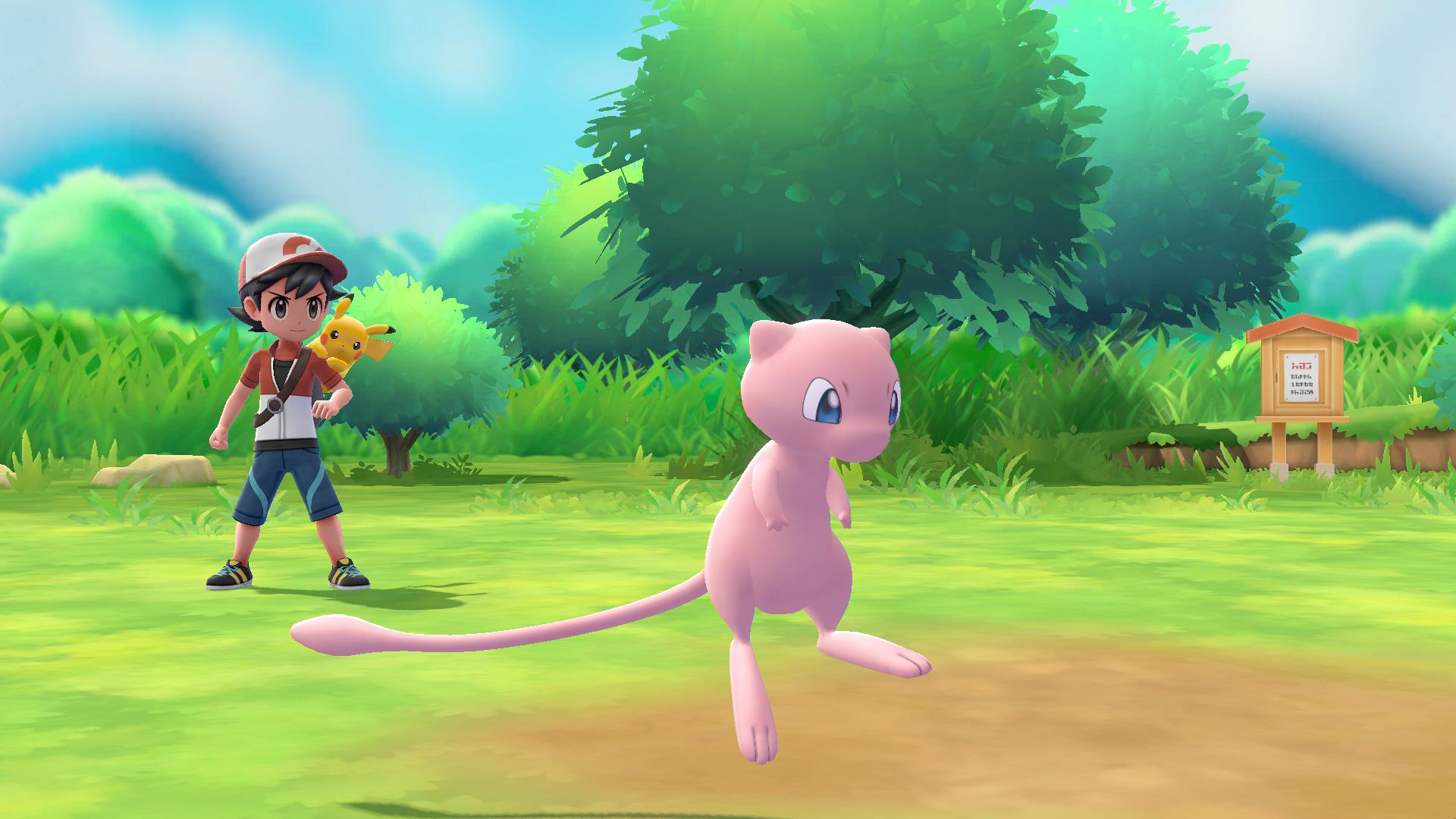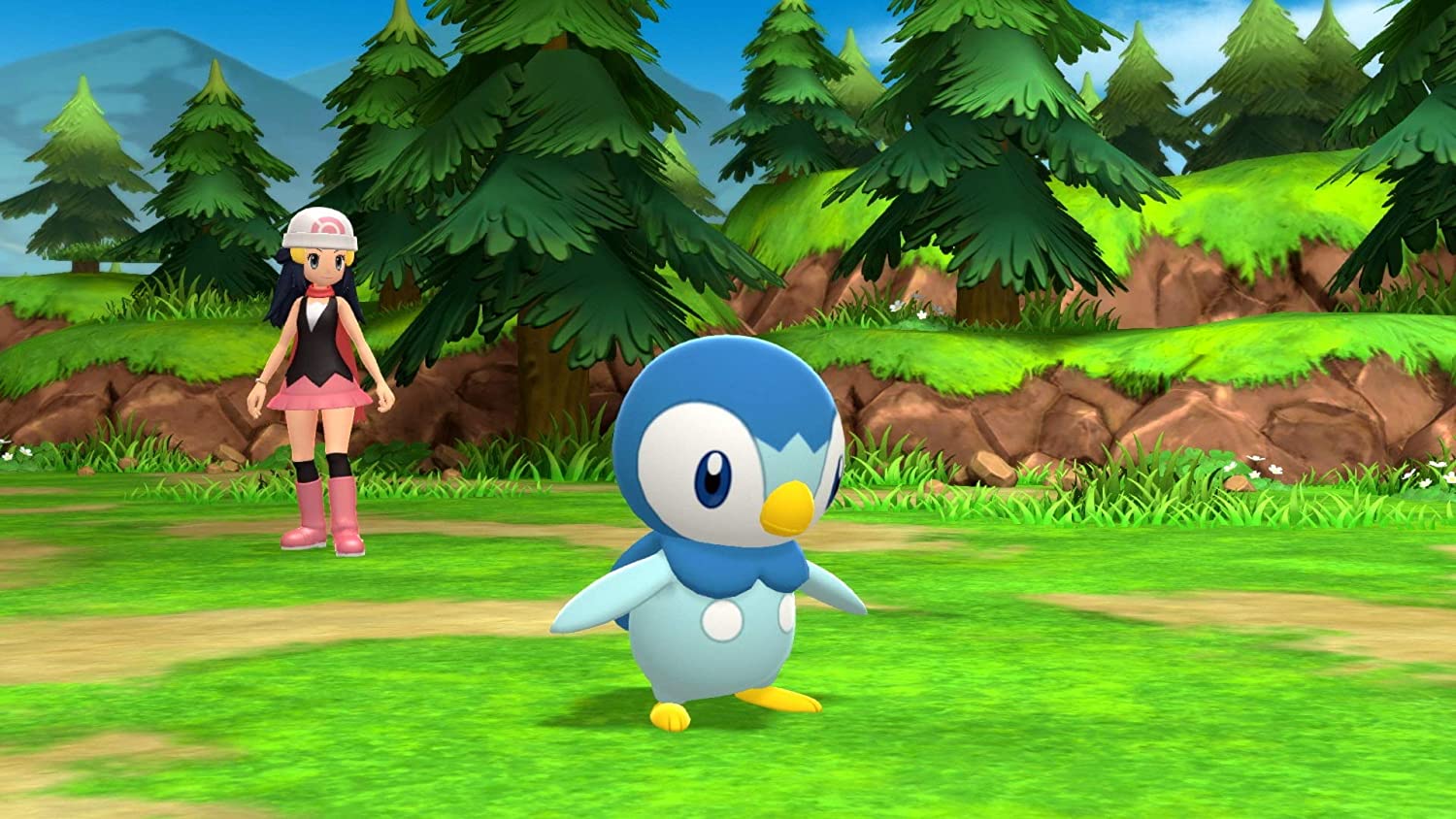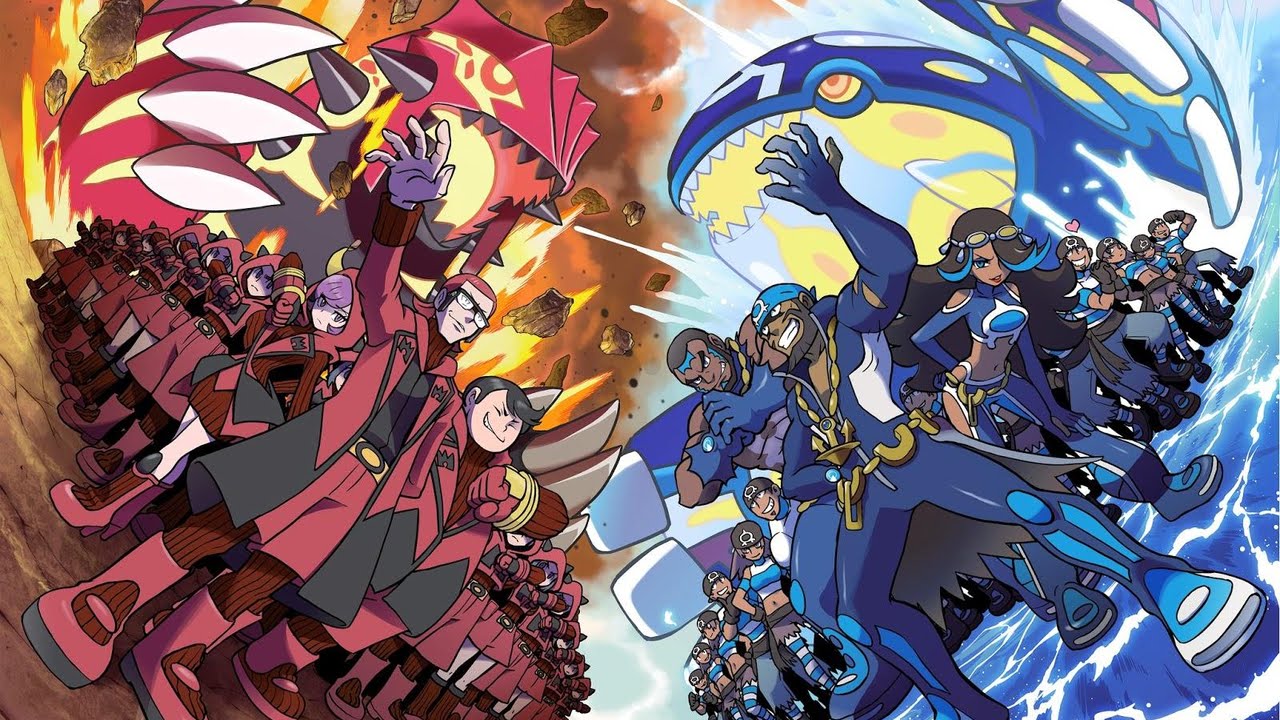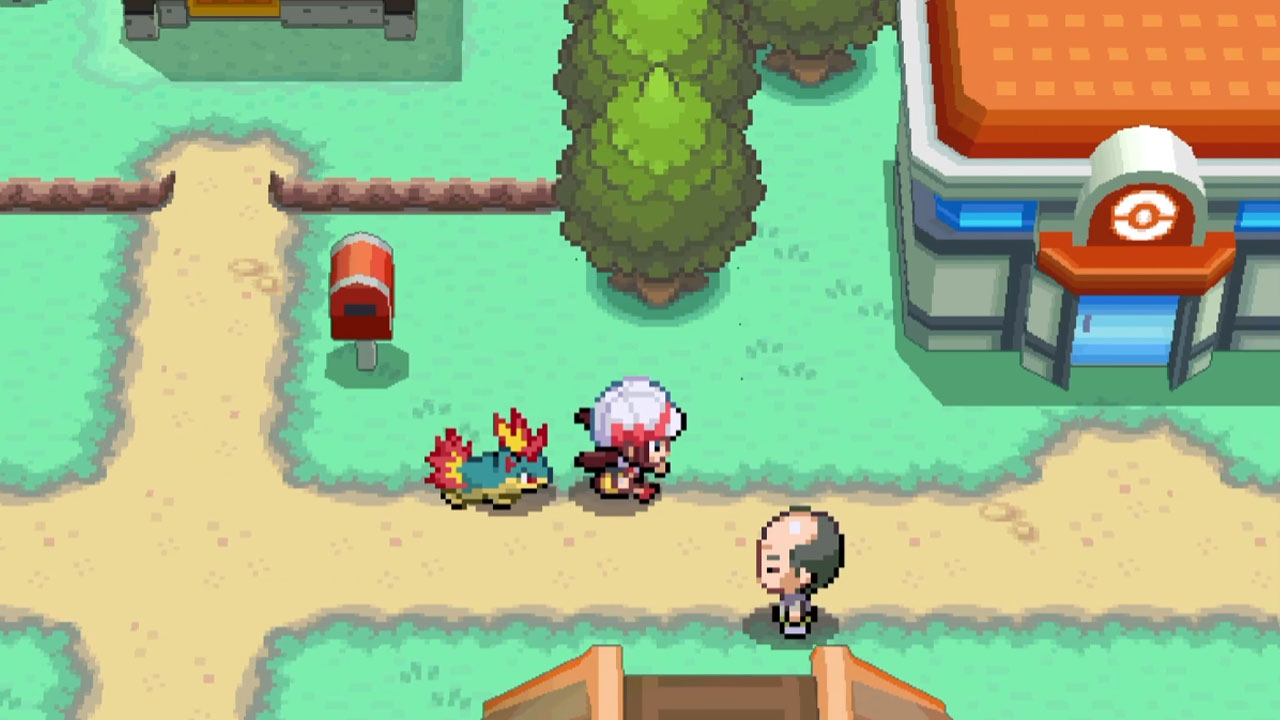All Pokémon remakes ranked from worst to best
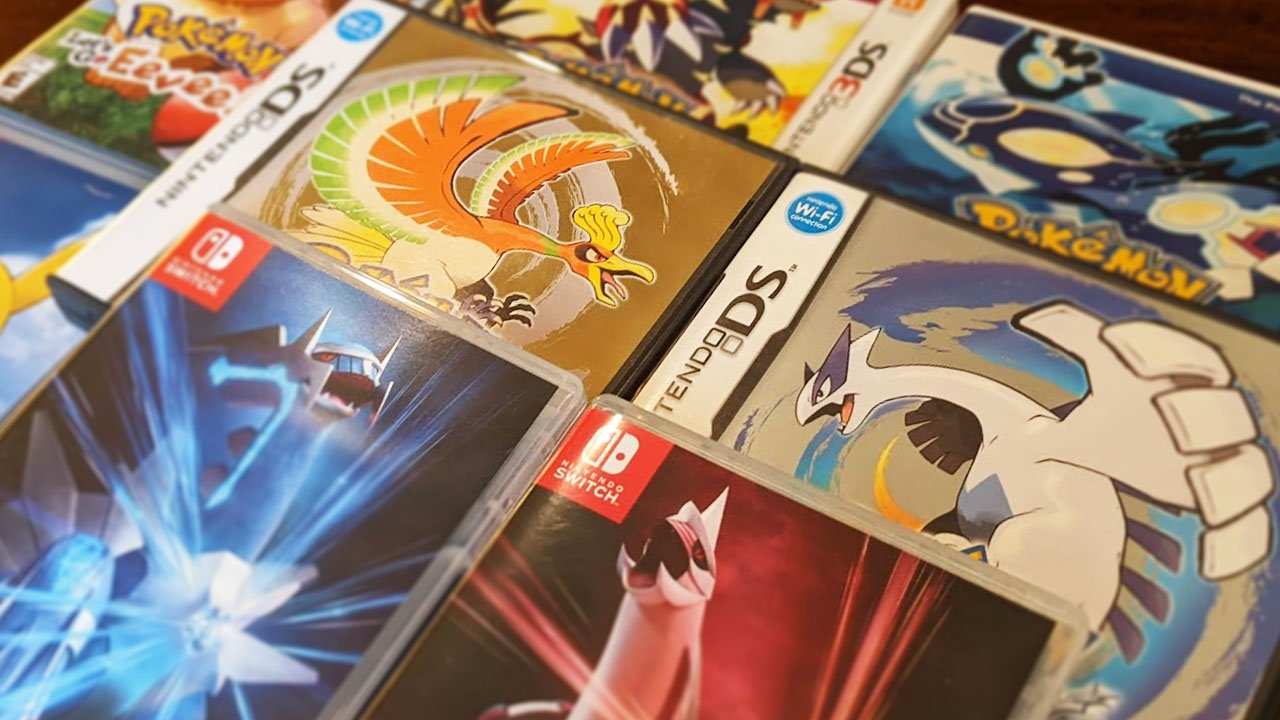
Pokémon games are all fun to play, but some Pokémon games are better than others. When fans of these JRPGs aren't waiting with bated breath for the newest generation of games, they're wondering when their favorite games will get remade. The recent release of Pokémon Brilliant Diamond and Shining Pearl got me thinking about which Pokémon remakes are the best ones. So we've done our best to rank them for you.
How the ranking works
I've considered quite a few factors when deciding to rank these games. Here are the different criteria we used for this list:
- The scale of change from original to remake: How different are the remakes from the originals?
- Modernization: What quality-of-life changes were added to make an older game feel more modern?
- New features: What new, shiny features were added to set the game apart from the original?
- Missteps: What features (or lack thereof) negatively affected the game's level of enjoyment?
All Pokémon remakes ranked
Though these games all feature improvements from their original counterparts, some are better than others. Four Pokémon regions have received the remake treatment, with Kanto double dipping for two of them: FireRed and LeafGreen on the Game Boy Advance, and the Let's Go! games on the Nintendo Switch.
5. Pokémon Let's Go, Pikachu! and Let's Go, Eevee! — Nintendo Switch
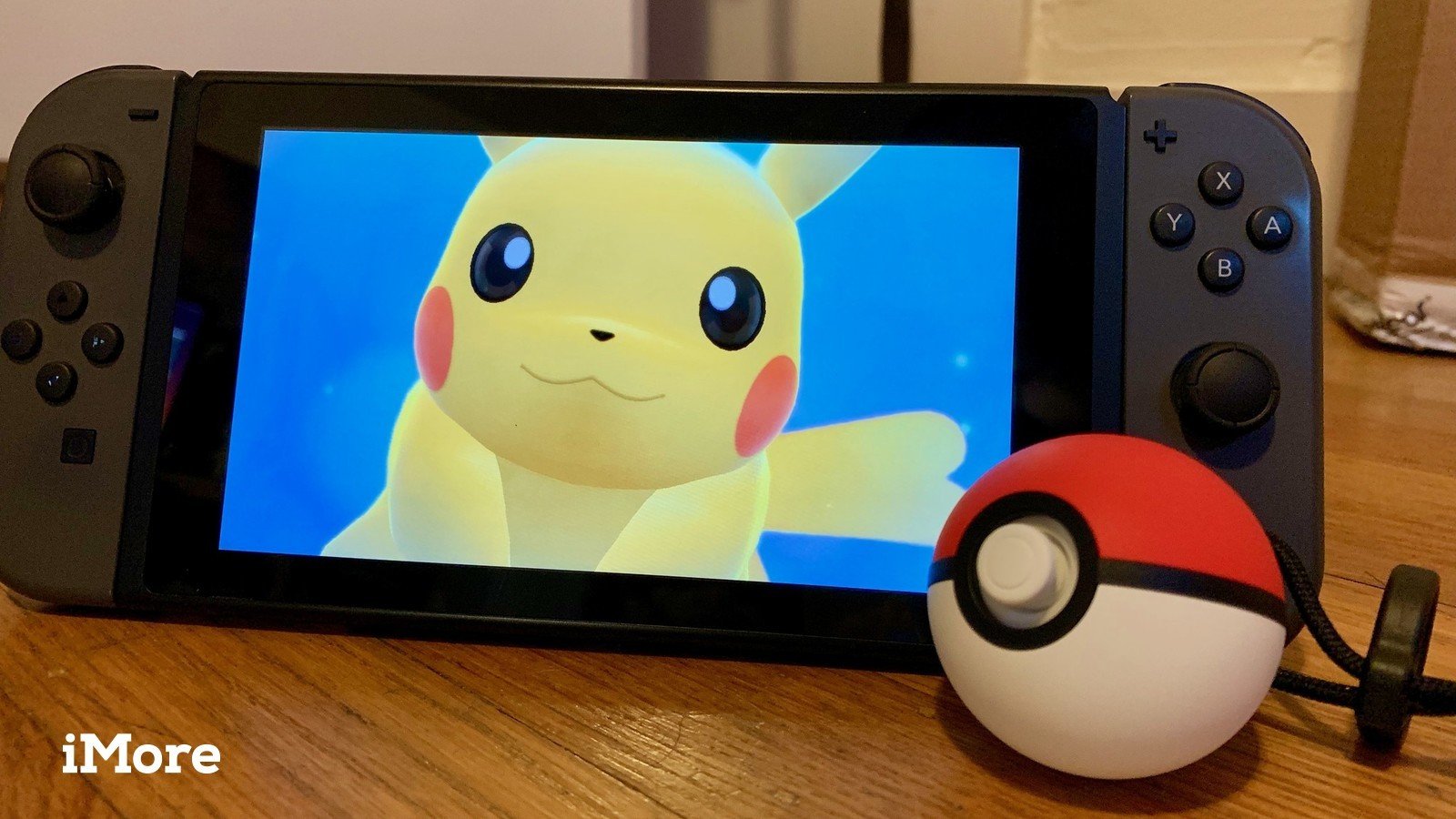
Pokémon Let's Go! Pikachu and Eevee were Game Freak's attempt to capitalize on the success of Pokémon GO, the mobile game that's taken the world by storm since its debut in 2016. These games weren't explicitly marketed or treated like the remakes we've come to expect. Instead, they were marketed as a "reimagining" of Pokémon Yellow, with a focus on catching Pokémon to gain experience, rather than battling them.
The spin-and-flick catching method from Pokémon GO was implemented, requiring players to use motion controls with the Joy-Con or the new Poké Ball Plus accessory. This Poké Ball Plus both acted as a Nintendo Switch controller and as a Pokémon GO accessory, and became the only legitimate way to obtain the mythical Pokémon, Mew.
The Let's Go! games were worlds apart from their Game Boy counterparts, introducing mechanics like Dark and Fairy, splitting moves into either physical or special by their characteristics instead of their typing, and allowing Pokémon to follow the player around in the overworld. Players could even ride several Pokémon like Charizard, Snorlax, and Lapras. A local multiplayer co-op mode was added for battles and catching Pokémon, your Pokémon storage box could be accessed from almost anywhere, and the Experience Share item now served all Pokémon in your party instead of just one.
Unfortunately, this entry didn't offer much of a challenge, and the Pokémon GO catching mechanics didn't appeal to everyone. Seeing Pokémon in the overworld was nice, but there was little opportunity for trainers to showcase their JRPG skills. Outside of trainer battles and a few legendary Pokémon, players couldn't engage in the wild battles that make these games fun for many.
iMore offers spot-on advice and guidance from our team of experts, with decades of Apple device experience to lean on. Learn more with iMore!
Motion controls in docked mode also were forced upon the player, with no option to use button controls outside of handheld mode. The motion controls were often inaccurate and resulted in wasted Poké Balls, which was irritating even when the game threw Poké Balls at you every chance it got. These factors, paired with the repetitive catching, made this remake less of a nostalgia trip and more of a nostalgia slog.
4. Pokémon FireRed and LeafGreen — Game Boy Advance
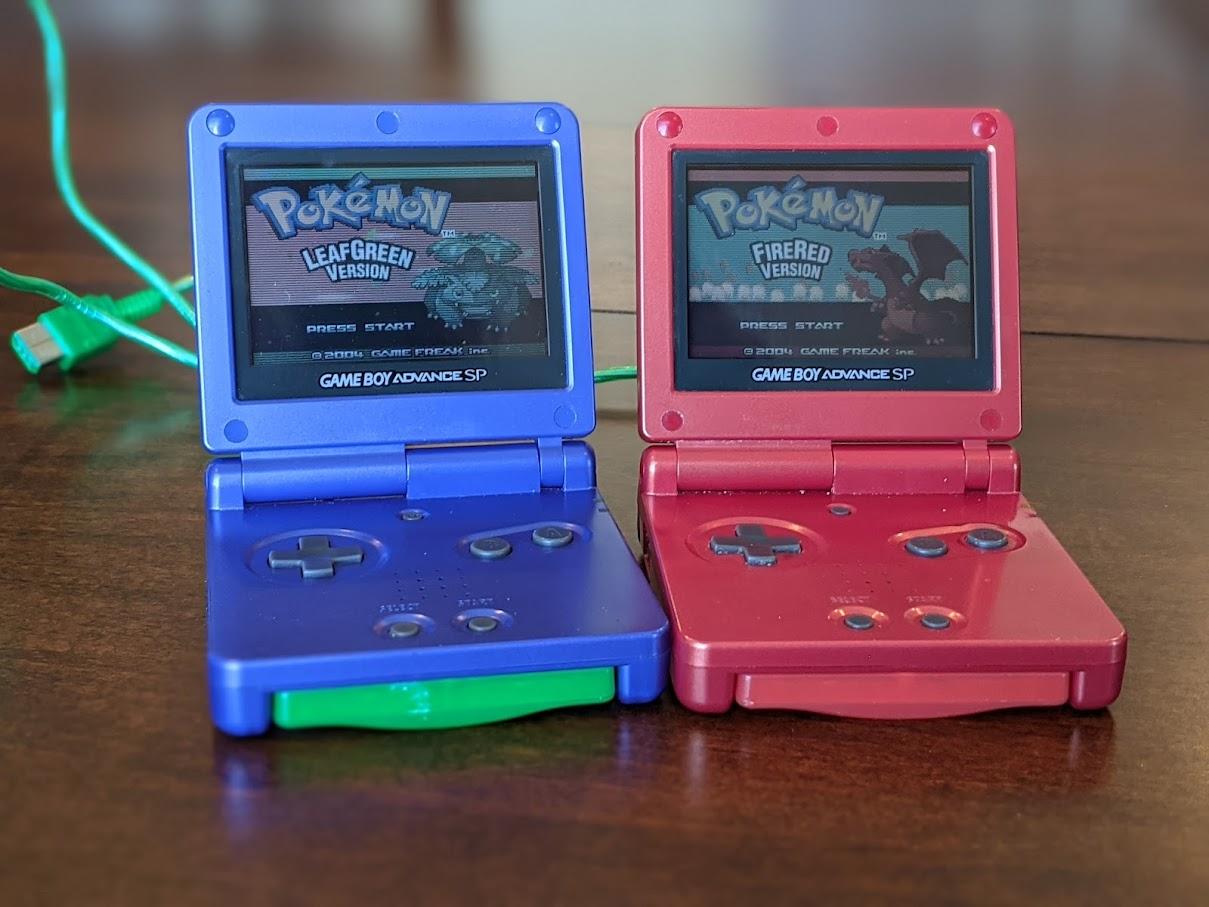
Pokémon FireRed and LeafGreen served as the very first remakes of the mainline Pokémon games, setting the baseline for what it means to reimagine an entire region for more modern consoles. Introducing full color graphics, natures and IVs, and the option to play as a girl, these games on the Game Boy Advance made the original Kanto games look the way players felt when experiencing the region for the first time. Finally, players could do away with janky and cumbersome Link Cables for trading, as each game came bundled with a wireless adapter, making trading and battling loads easier.
FireRed and LeafGreen introduced an entire new area full of post-game content called the Sevii Islands, which featured expanded story content and the ability to catch Pokémon previously found in the Johto and Hoenn regions, including mythical and legendary Pokémon. Though these games came long before the second Kanto remake, they offered lots more post-game content than the Nintendo Switch version of Kanto did.
Being the first can be a blessing and a curse, though. While Johto and Hoenn Pokémon were available in the game, they could not be caught or even traded until players reached the post-game. This meant that players weren't able to trade with their friends if those friends were further along in the game than they were. This rule of Kanto-only Pokémon was so strict that even evolutions like Crobat and Kingdra weren't available until the post-game. Though I understand that Game Freak had no basis to go off of, these arbitrary rules made playing with others difficult.
3. Pokémon Brilliant Diamond and Shining Pearl — Nintendo Switch

Pokémon Brilliant Diamond and Shining Pearl are faithful reimaginings of the first Nintendo DS Pokémon duo, which brought internet connectivity and a global Pokémon presence to many fans around the world. They are the first Pokémon games outsourced to another developer, ILCA, which opted to stick to the chibi artstyle that more closely resembled the pixel art of the original games rather than go full 3D the way the Let's Go! games did.
The transition from a dual-screen game on the Nintendo DS to a single-screen game on the Nintendo Switch ended up being smoother than expected, with the option to place the Pokétch in one corner being one of the welcome differences. Players also no longer needed to sacrifice a party slot to keep a Bidoof as an "HM slave," as the original games were famous for blocking tons of areas behind Hidden Moves like Defog. This time around, HMs are executed by wild Pokémon instead.
Despite fans clamboring to get their hands on the Sinnoh remakes, what resulted was a rather hollow reception. It was a 1:1 remake in almost every sense of the word, down to the omission of extra content featured in Pokémon Platinum that made Sinnoh feel more interesting and vibrant. There was no Battle Frontier, no Distortion World where Giratina resides, and bugs around the game's launch that made the game unplayable for some.
Nothing big was taken away from Brilliant Diamond and Shining Pearl, but after the release of the next two games on this list, nothing big felt added, either. Pokémon can follow you in the overworld, but proportions and animations could be off-putting. The Sinnoh remakes also failed to include all currently available Pokémon the way the other three mainline remakes did at the time of their release, which suggests that Game Freak was serious when they said that all Pokémon will no longer be available in all games after the big Dexit controversy. When I think of these restrictions, they overshadow the good parts and end up failing to push these otherwise brilliant and shining games to the top.
2. Pokémon Omega Ruby and Alpha Sapphire — Nintendo 3DS
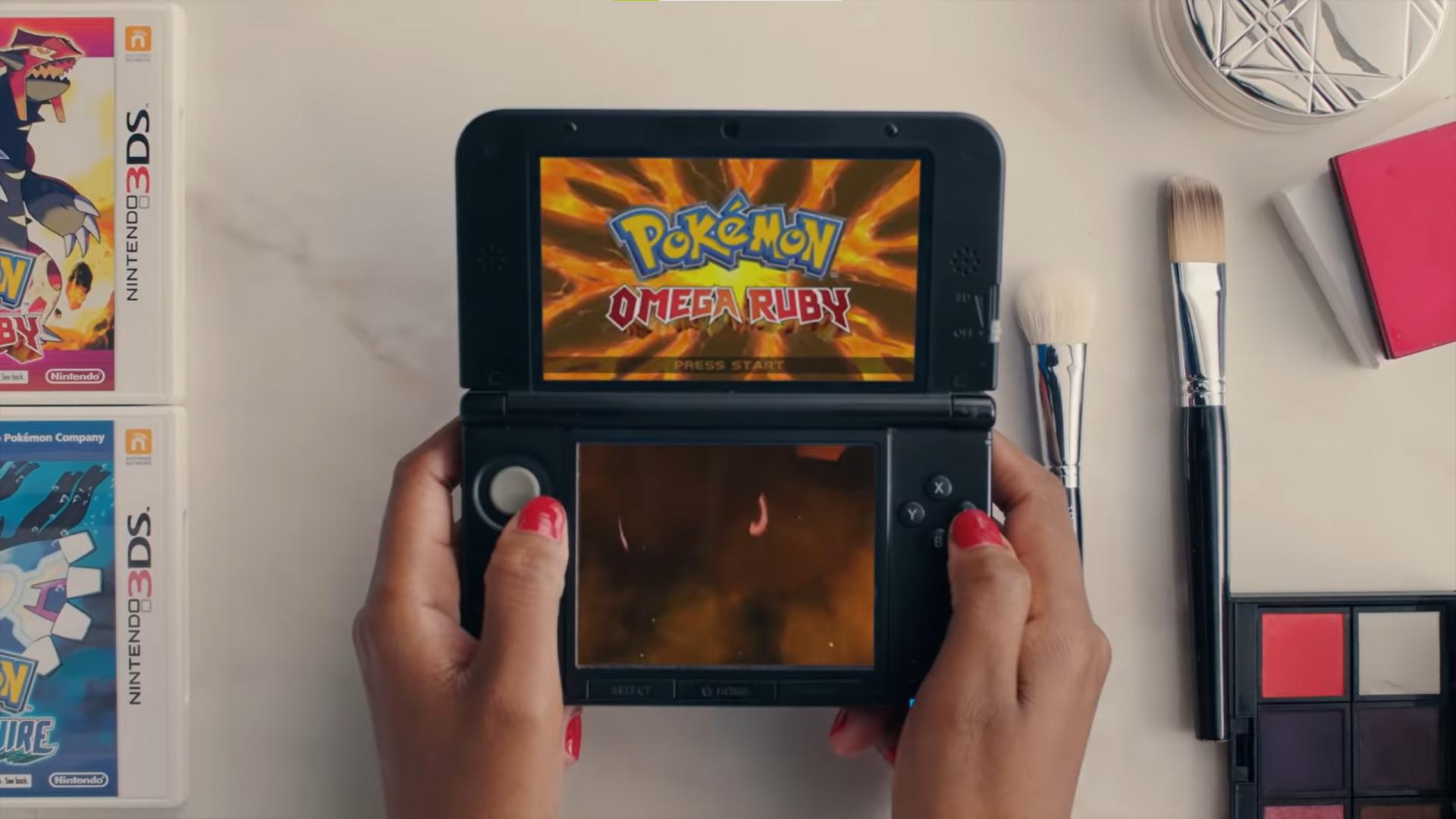
Though some say these games had too much water, I thought they were fantastic. I played these remakes around the time I got my hands on Pokémon Emerald for the first time, and I saw firsthand how much they improved these games from the originals. One thing that disappointed me was the lack of a Battle Frontier, with it being depicted as "under construction," but there was so much more anyway.
Flying over Hoenn on a legendary Pokémon pushed the Nintendo 3DS to its limits; Game Freak wanted to show players what Hoenn would have looked like if they had the resources back in the days of the Game Boy Advance. The new and returning Mega Evolutions, integrations with Streetpass through the distribution of the Eon Ticket, the sheer level of customization that went into building your Super Secret Base, being able to visit other Super Secret Bases and battle trainers, and much more gave Hoenn classic features while incorporating modern mechanics loved by fans to this day.
An entire new post-game story was added with the Delta Episode, allowing the mythical Pokémon Deoxys to be catchable for the first time without having to go to a physical location for an exclusive event. As someone who grew up with limited access to games and associated events, features like Streetpass and in-game events were very much appreciated.
1. Pokémon HeartGold and SoulSilver — Nintendo DS

This decision was hard to make, as both the Johto and Hoenn remakes hold a special place in my heart. But there's a reason why HeartGold and SoulSilver are often cited as being the best Pokémon games ever — not to mention being the most expensive Pokémon games on the secondhand market and some of the most heavily counterfeited Pokémon games. The Johto remakes brought Gold, Silver and Crystal to new heights.
The physical/special split, integration of timed events using the Nintendo DS' internal clock, daily and weekly events, Pokémon following the player, the ability to transfer Pokémon from previous generations, the Battle Frontier, and the improved music make this game the only one I care to revisit again and again. Not to mention we got the PokéWalker, which was essentially Pokémon GO before smartphones. It encouraged kids to get out and walk around, with items and exclusive Pokémon as rewards.
HeartGold and SoulSilver made Johto and Kanto feel modern in the truest sense of the word while building off of Diamond and Pearl to make the experience on the Nintendo DS as enjoyable as possible. Better UI, touchscreen integration, and fast-paced gameplay never made me impatient in the way that Sinnoh once did. The inclusion of two entire regions about doubles your playtime, with Kanto serving as a New Game+ of sorts.
I binged this game in a weekend as a child, and was entirely surprised at the game's ability to suck me in as much as it did. These games are the perfect marriage of content and challenge, and should generation five receive a remake as well, they'll have this one to contend with.
Are there more to come?
Each of the Pokémon remakes had something unique to offer. As time goes on, fans have certain expectations for what they want out of remakes, as they're seen as the "definitive" editions of each region. We're not sure if Game Freak intends to continue making remakes, or whether the Let's Go! games point towards multiple remakes per region. What we do know, however, is that each generation of Pokémon games met us as a different time in our lives, and the feeling of nostalgia when jumping back into familiar locales is certainly unmatched.
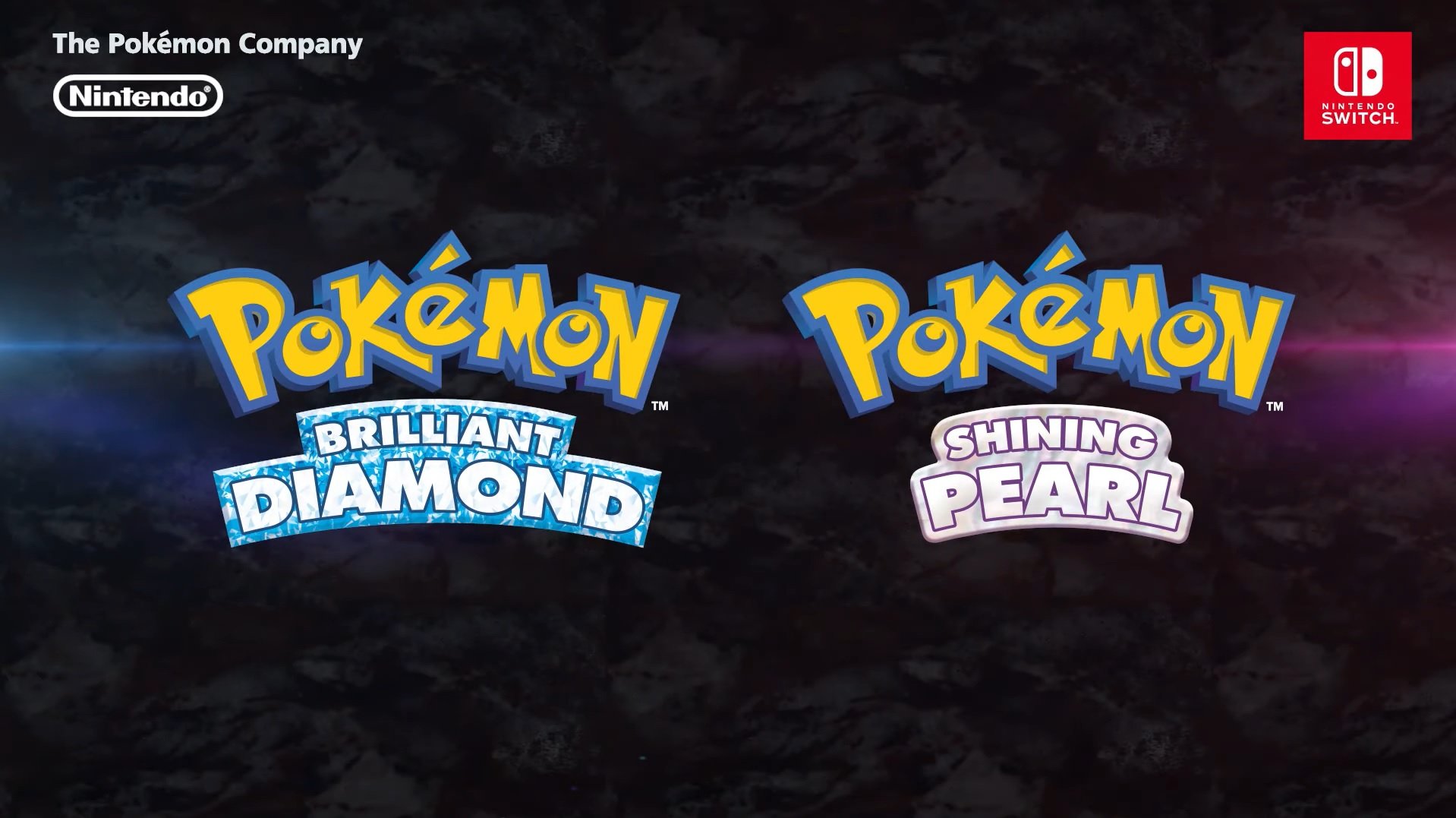
Embark on an epic adventure
Pokémon Brilliant Diamond and Shining Pearl are gorgeous remakes of the popular Nintendo DS titles that were first released in 2006. Explore the world, complete your Pokédex, and battle it out across eight gyms and countless Pokémon trainers, all dressed up in an amazing chibi style.
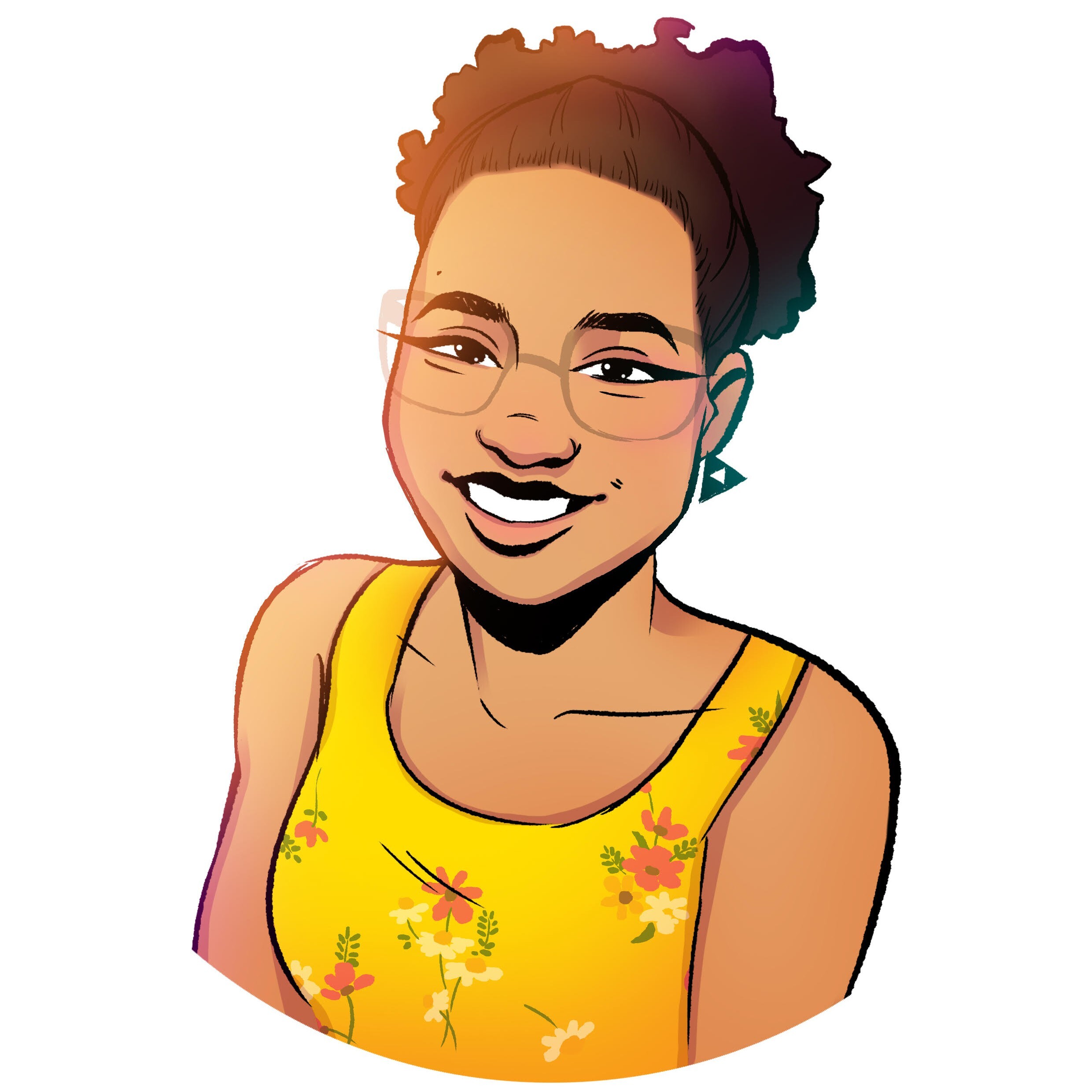
Nadine is a freelance writer for iMore with a specialty in all things Nintendo, often working on news, guides, reviews, and editorials. She's been a huge Nintendo fan ever since she got to pet her very own Nintendog, and enjoys looking at Nintendo's place in the video game industry. Writing is her passion, but she mostly does it so that she can pay off her ever-growing debt to Tom Nook. Her favorite genres are simulation games, rhythm games, visual novels, and platformers. You can find her at @stopthenadness on Twitter, where she'll more than likely be reposting cute Animal Crossing content.
